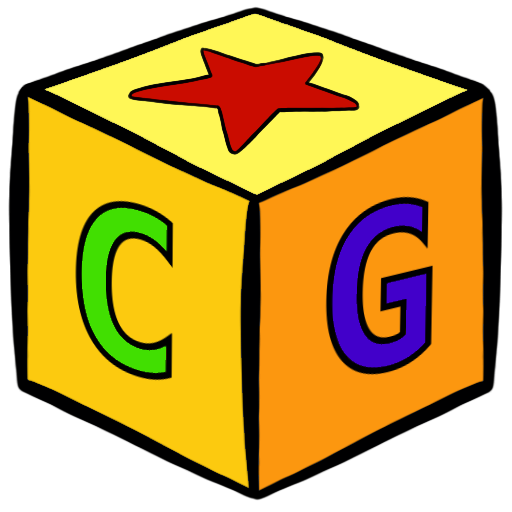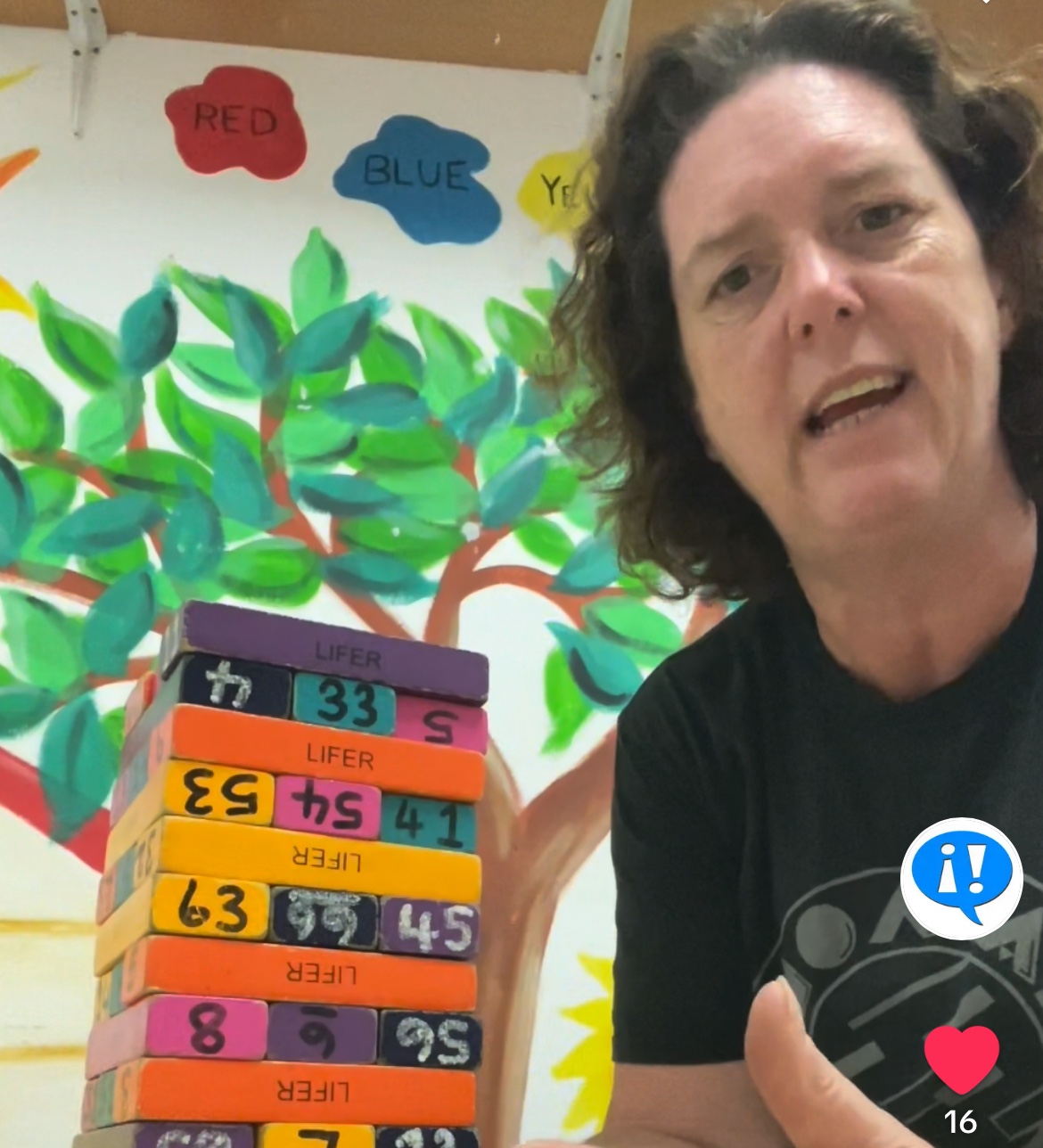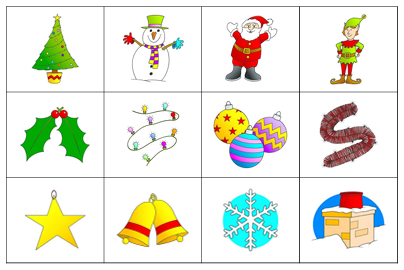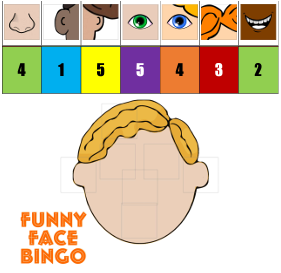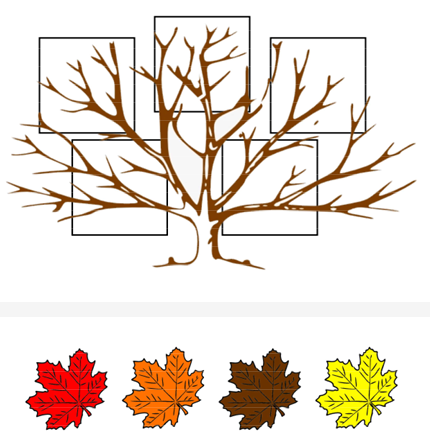Here’s a game to practice face vocabulary with young learners using Hallowe’en-themed pumpkins. It’s a very simple game that you can use to support you other planning in the ESL/ESOL classroom.
I made this game last night, in preparation for Hallowe’en and it’s very easy to play. Just download the zip file at the bottom of this post. It contains 3 PDFs to print.
- One is the Pumpkin boards. You will need one for each student. Print out single-sided and laminate.
- The other 2 PDFs are the front and back of the playing cards. You need to print the cards double-sided. The Halloween pumpkin pattern for the reverse of the cards is designed to stop students being able to see through the cards if you print using paper. I find paper better to use and cut when laminating, as it’s less work. When I use card, I have to have a laminated border around each card, which is a lot more work to do and cut, plus the cards won’t fit on the board easily. Therefore I try to make the cards so I can use paper.
- There are 8 possible faces for 8 possible students to play at once. You will need 8 pumpkin cards if you are going to use all the faces. If you have groups bigger than 8, you will need multiple copies of the faces and split the class into groups of up to 8 students.
How to play.
Give each student a pumpkin board and allocate them a face colour.
Put all the cards face down on the table and mix them up.
Students take it in turns to pick up a card and place it on their board. Ask them to say the name of the face part when they do so, to practise and repeat vocabulary in a controlled way.
Downloads.
Download the PDFs here : http://www.classroomgames.net/materials/Halloween-Pumpkin-Game.zip
